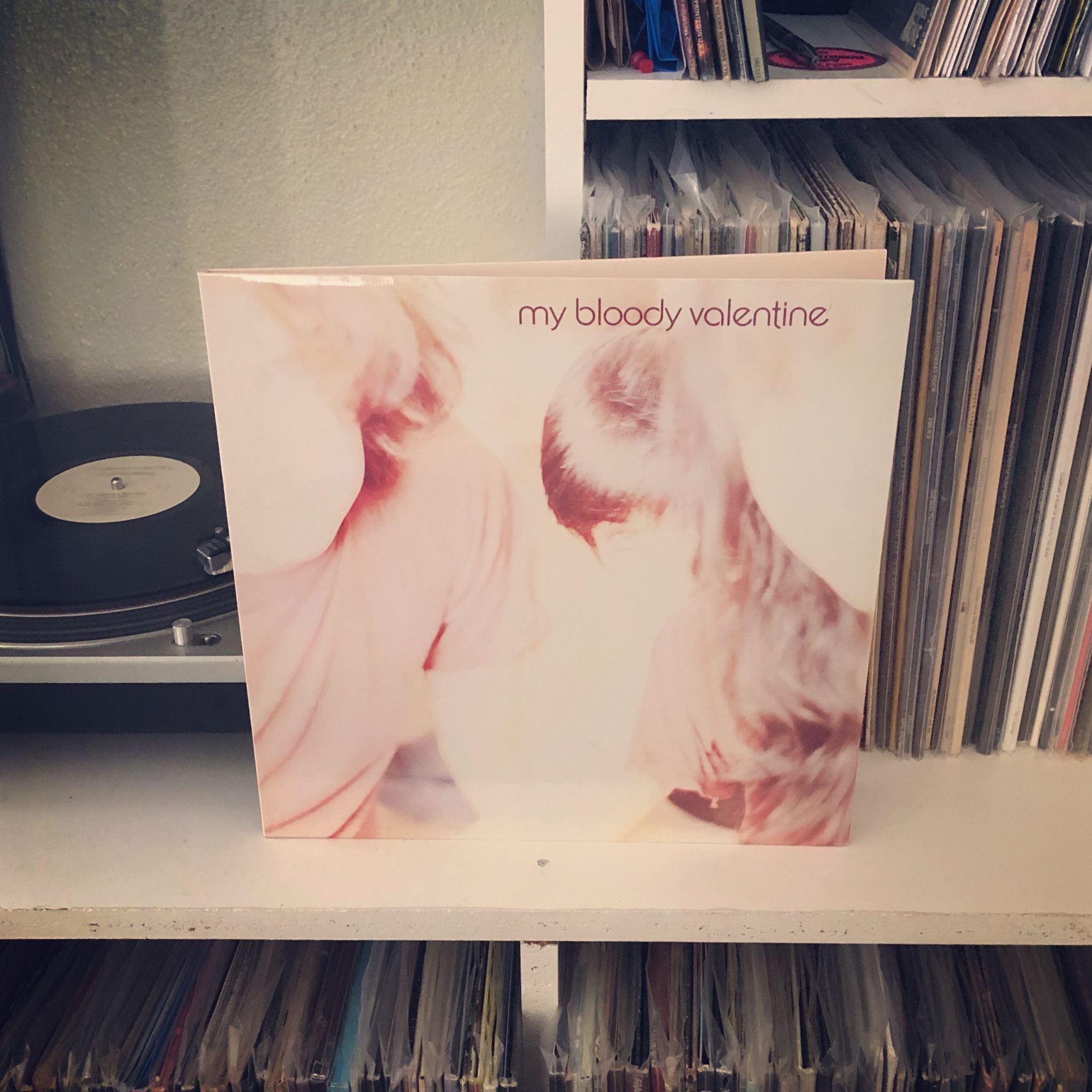
A lot of people talk about My Bloody Valentine as if they emerged from the ether in 1991 with the masterpiece Loveless.
Not only is that a drastic oversimplification, but it also ignores Isn’t Anything, which is a wonderful record in its own right.

A lot of people talk about My Bloody Valentine as if they emerged from the ether in 1991 with the masterpiece Loveless.
Not only is that a drastic oversimplification, but it also ignores Isn’t Anything, which is a wonderful record in its own right.

It’s no secret that I have a very, very weak spot in my heart for music that blends metal’s punishing heaviness with unabashed prettiness. And the last few years (more specifically, ever since Sunbather brought further attention to the type of gorgeous metal that Alcest pioneered) scores of metal bands have been pushing into the dreamy lushness of shoegaze and post rock—and vice versa.
But few bands do it with the sort of shameless simplicity of Holy Fawn. And thus, few bands do it with as much success.
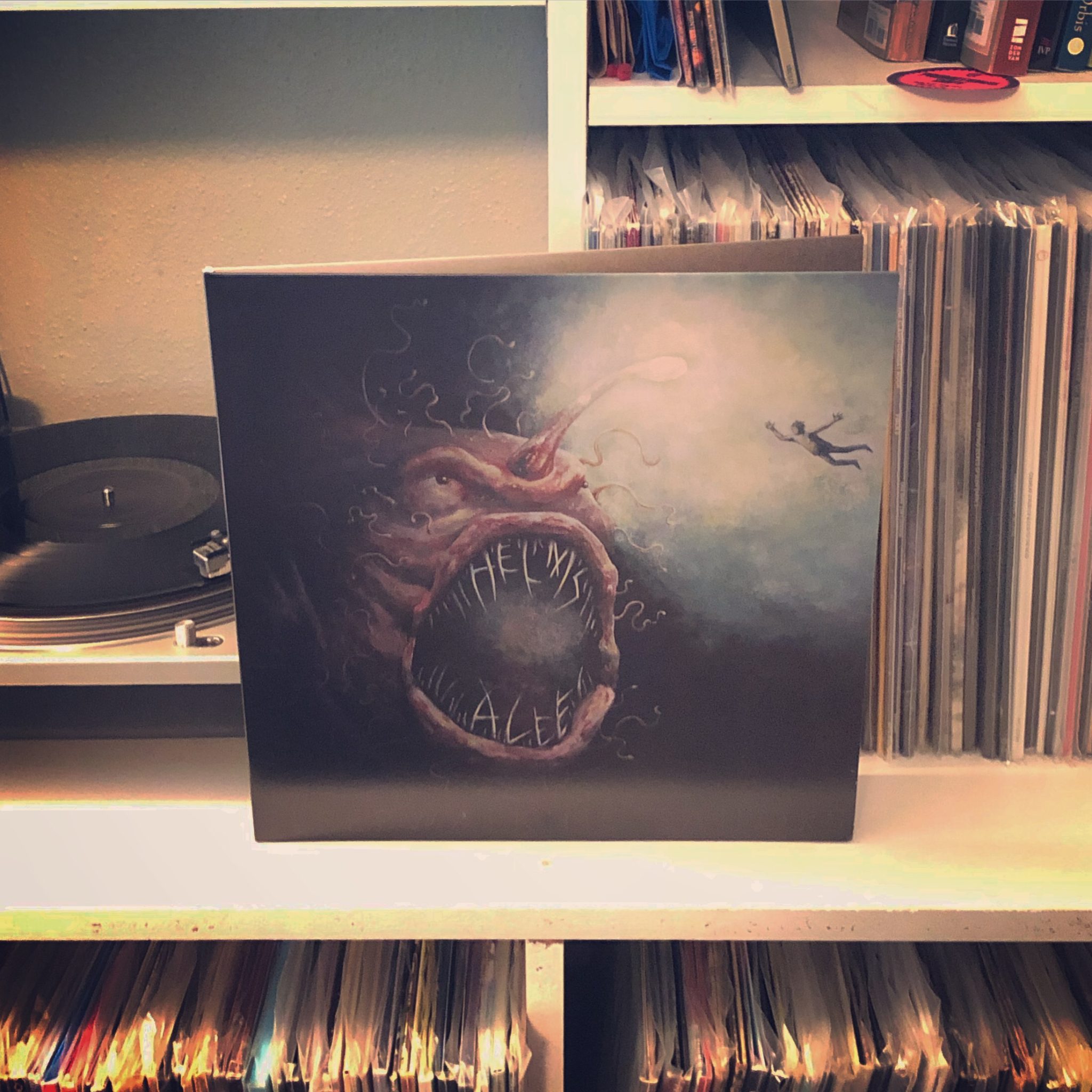
If a mad scientist were to somehow map out my tastes and set about designing my ideal album to lure me into some sort of trap, on paper that siren’s call would sound a bit like “nautically themed sludge metal/shoegaze/post rock/indie rock hybrid.”
But playing through speakers, that idea is even more alluring—not unlike the diver toward the light of the giant angler fish on the cover, I cannot resist this record. I hadn’t even finished my initial listen before purchasing a copy.

Across the heavy music scene, few bands have been as mercurial and inventive as Cave In. They have treated the purists, record labels, and even their own history with the same level of middle-fingered disdain, reinventing themselves several times across their career.

HUM may have never gotten much mainstream recognition, but you’d never guess their cult status based on the pantheon of groups that list them as an influence. Their huge, earth-shattering brand of space rock influenced groups from Deftones to Hopesfall to Cloakroom to Smashing Pumpkins (who some accuse of getting famous off of HUM’s template).
Most people point to their seminal record You’d Prefer An Astronaut as their finest work. And while they pioneered their trademark sound on that record, their swansong Downward Is Heavenward is a much heavier and more cohesive record.
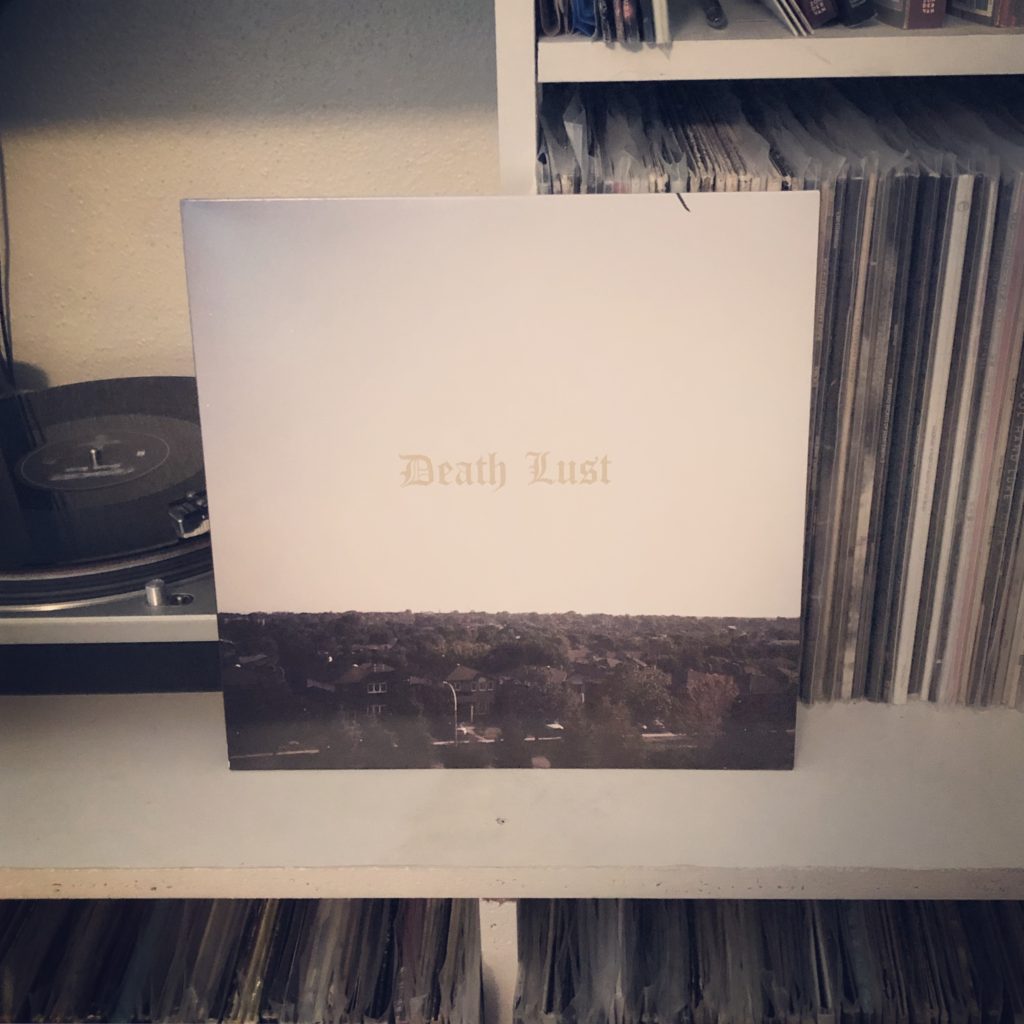
For the last few years, it’s been suggested by a number of music snobs (or at least by me) that we’re currently in a post-genre landscape.
While the dividing lines between, say, dream pop and post-hardcore have generally been laid out pretty clear, these days there’s so much cross-pollination between influences that music taxonomy is an almost fruitless undertaking.
Case in point: Death Lust, the debut record from Canadian solo project Chastity. When I went to add the files to my iTunes, the cursor sat in the “genre” tab for several minutes, blinking mockingly at me as I tried to put a name to this (I copped out and settled on “alternative”). Continue reading
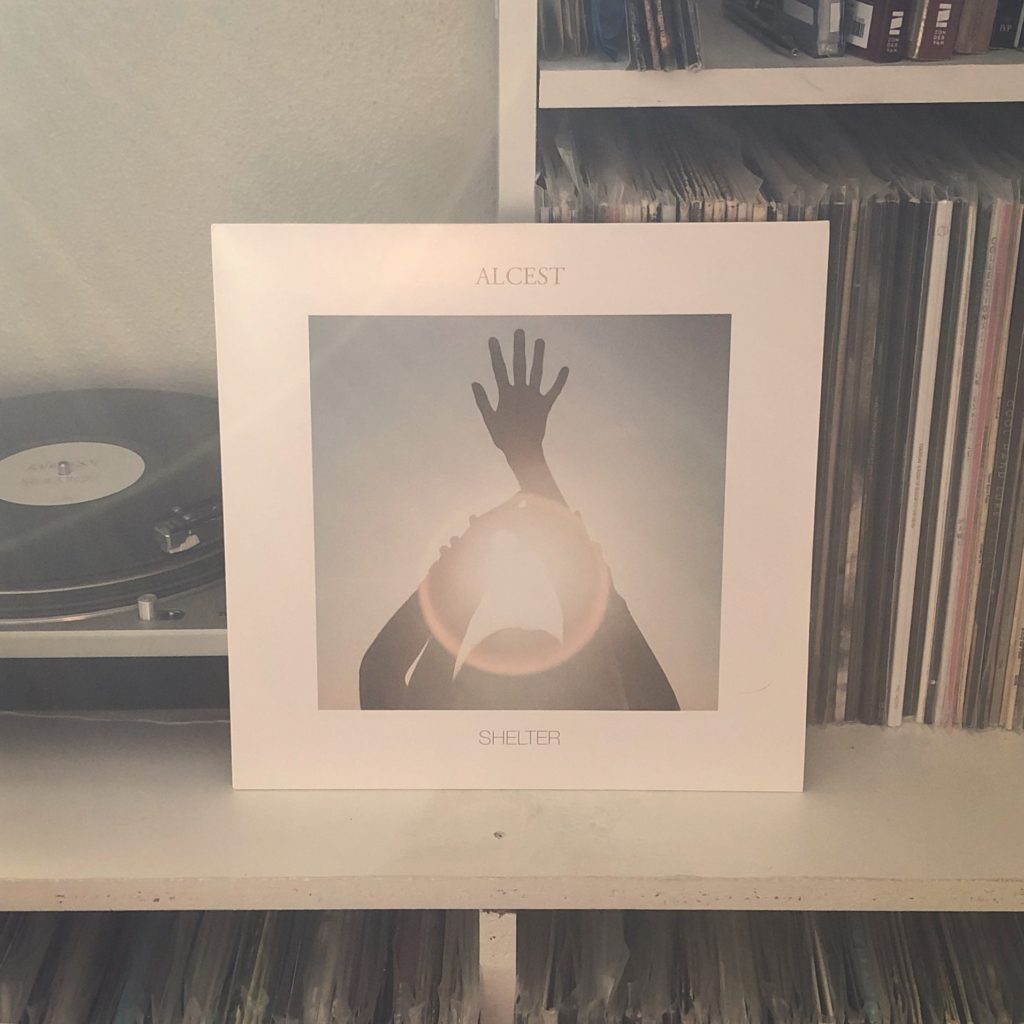
Ever since Alcest’s 2005 Le Secret, bandleader Neige’s fascination for shoegaze, dream pop, and post rock have been no secret. Throughout their career, they had fused elements of those sounds with traditional black metal to make something truly special.
But on 2014’s Shelter, they leaned heavy on the gentler side of their sonic palette.
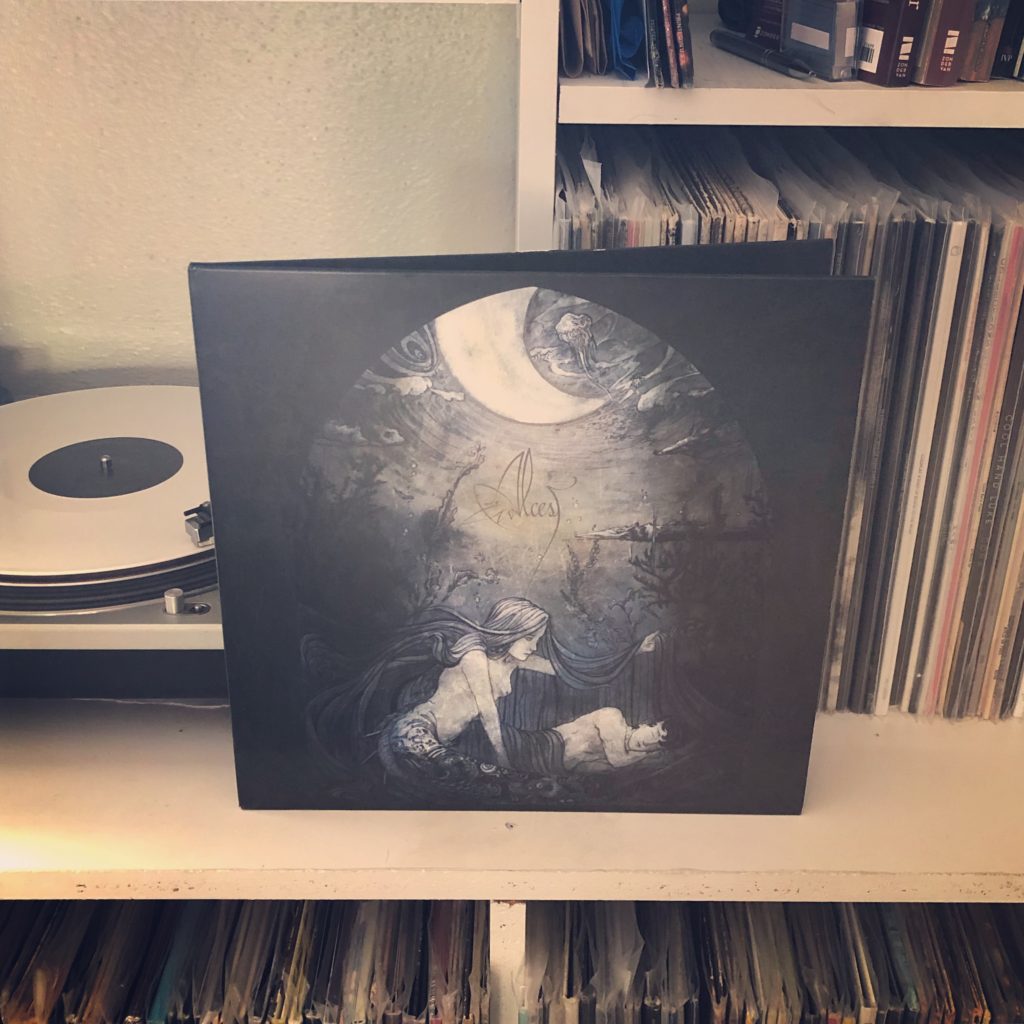
Black metal has been undergoing a bit of a revolution in the last few years. Bands like Deafheaven, Wolves in the Throne Room, and Lantlôs have been augmenting their metal chops with elements of post rock and shoegaze. It’s a simple formula, but surprisingly effective.
But at the forefront of the “blackgaze” movement is a French group called Alcest, who wrote much of the blueprint on their breakthrough record Écailles de lune.
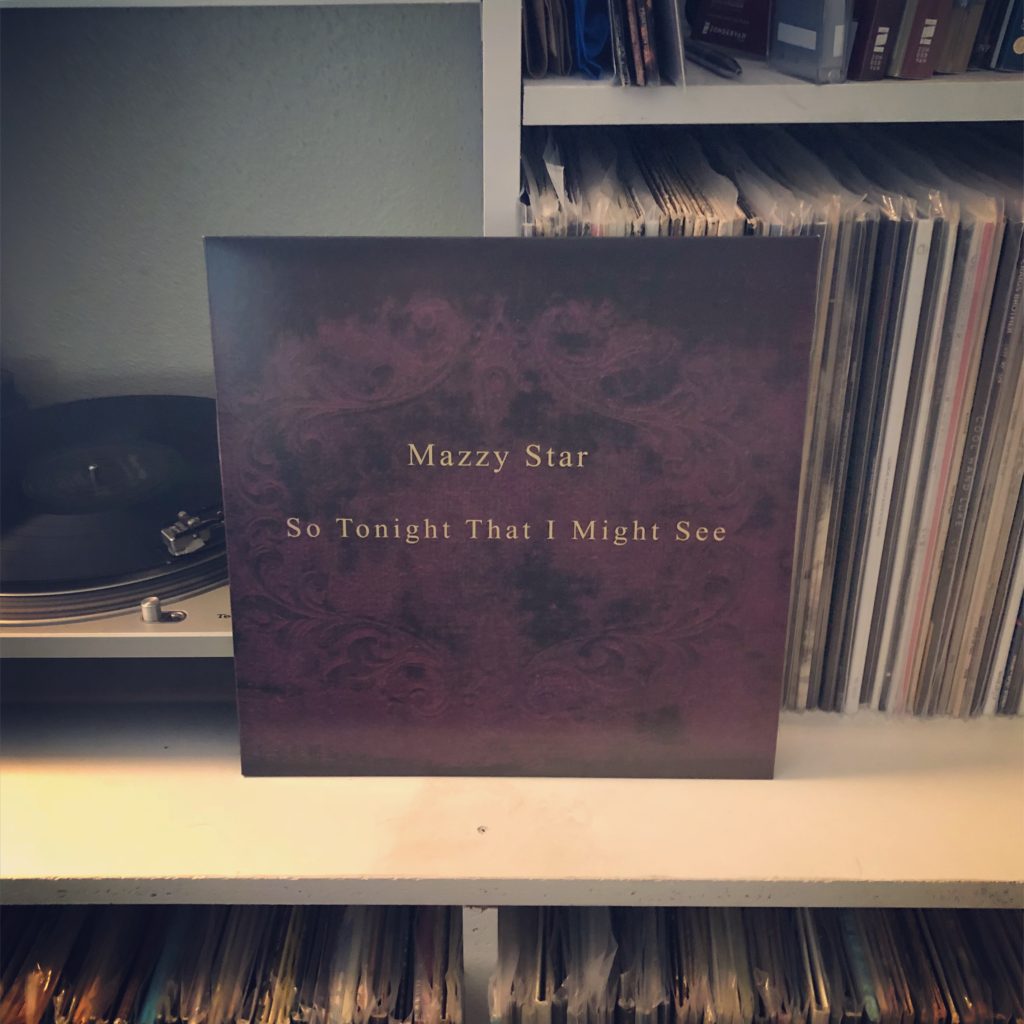
I’m a big fan of dream pop and shoegaze. Bands like Beach House, Cocteau Twins, Slowdive, and My Bloody Valentine.
And as I’ve read more about the pioneers of those genres, I am always, always surprised to see Mazzy Star on that list.
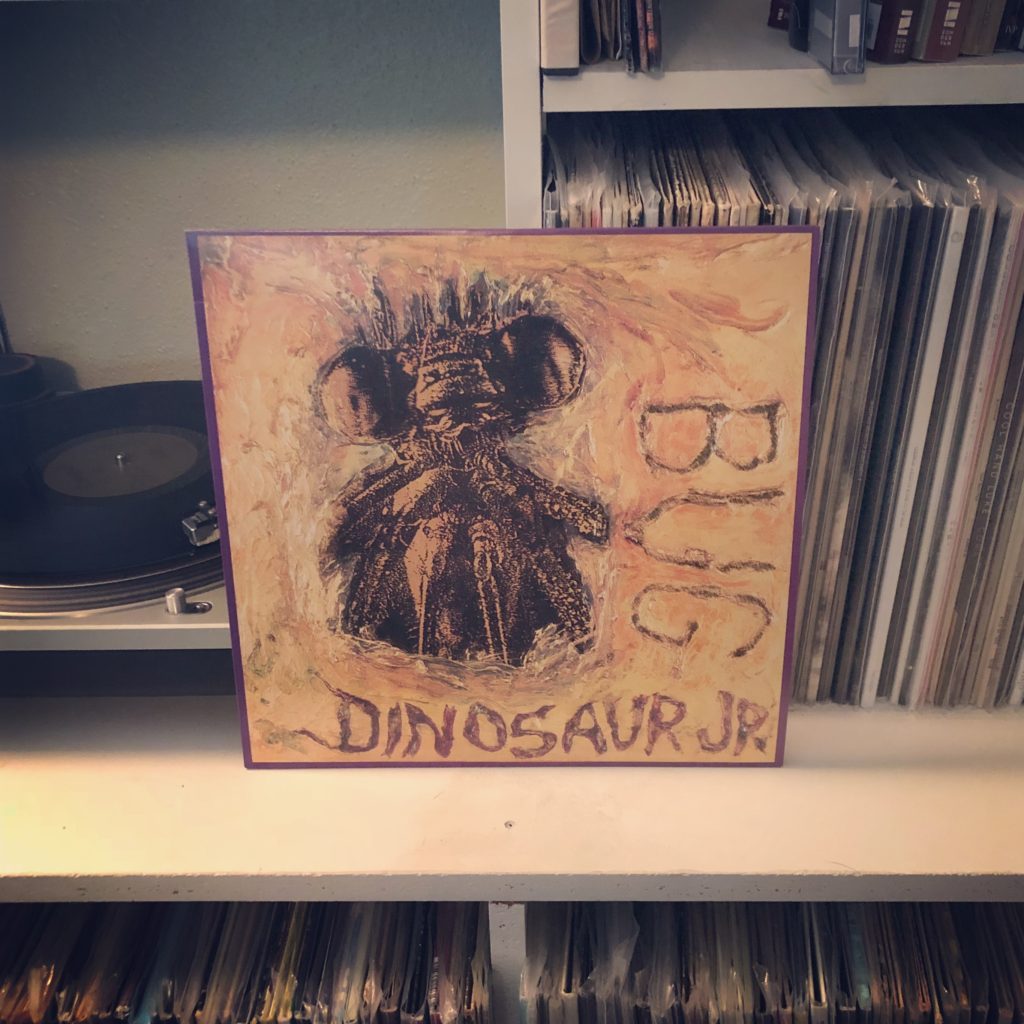
A few months ago, I realized that I had somehow never intentionally listened to indie rock legends Dinosaur Jr.
I was familiar with their legacy, of course. I had heard the name thrown around by most of my favorite bands as an influence. I knew J. Mascis’ reputation as a guitar icon. But I never spent any time with them myself.
That revelation was the impetus to a deep dive into their discography, and a purchase of their classic second album, You’re Living All Over Me. And now, the Dinosaur Jr. section of my record collection grows with the addition of their third, Bug. Continue reading